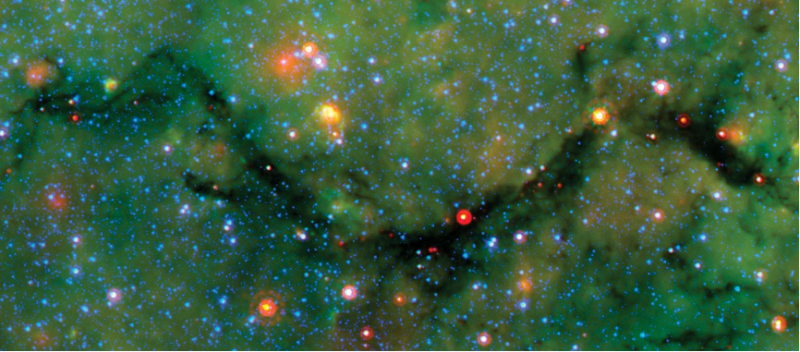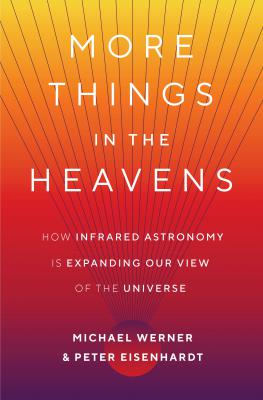Bio
Hello world! Welcome to my home page! I am a radio astronomer. I use radio telescopes from around the globe to observe dense structures in the interstellar medium and study how stars form within them. To find out how did I become an astronomer see this ESO Messenger article for a glimpse.
In my spare time, I enjoy engaging in public outreach to promote astronomy and science to the general public. When I'm not indulging in astronomy, I love spending time on various sports like soccer, jogging, swimming, skiing, and more. I also enjoy reading history books, handwriting, and cooking, whenever I can find some time aside from raising my son who is now in elementary school. If you're a parent, you know what I mean :-)
Recent Highlights:
Massive Star Formation Starts in Sub-virial Dense Clumps Unless Resisted by Strong Magnetic Fields
Ke Wang, Yueluo Wang, Fengwei Xu
2024 ApJL 974, L6
- NRAO news release: Massive Stars Born from Violent Cosmic Collapse
The Formation of Milky Way "Bones": Ubiquitous HI Narrow Self-Absorption Associated with CO Emission
Shenglan Sun, Ke Wang, Xunchuan Liu, Fengwei Xu
2024 ApJL 973, L27
- KIAA Featured Science: FAST reveals simultaneous star and cloud formation in the Milky Way's "skeleton"
- Xinhua News: 我国科学家“看见”银河系旋臂巨分子云诞生过程
- 北大天文公众号:中国天眼揭示银河系“骨架”分子云的形成机制
The Milky Way Atlas for Linear Filaments
Ke Wang, Yifei Ge, Tapas Baug
2024 A&A 686, L11
The Milky Way Atlas for Linear Filaments II. Clump Rotation versus Filament Orientation
Xuefang Xu, Ke Wang, et al.
2024, MNRAS, 535, 940
Absence of High-mass Prestellar Cores in the Orion Giant Molecular Cloud
Wenyu Jiao, Ke Wang, Fengwei Xu
2024, AJ, 168, 151
The ALMA Survey of Star Formation and Evolution in Massive Protoclusters with Blue Profiles (ASSEMBLE): Core Growth, Cluster Contraction, and Primordial Mass Segregation
Fengwei Xu, Ke Wang, et al.
2024 ApJS, 270, 9
- Xinhua News: Astronomers reveal formation process of primitive star clusters
- 新华社:星空有约丨大质量原恒星团咋形成的?“绘”出来了
Highlights by Spitzer science book:

The Snake infrared dark cloud (G11.11-0.12), casting a silhouette against the radiation from interstellar polycyclic aromatic hydrocarbon (PAH) molecules shown in green. The width of this image is comparable to the diameter of the full Moon in the sky, and the length of the section of Snake shown is about 70 light-years. The red speckles along the Snake are regions where massive stars are currently forming. The unique sensitivity of a cryogenic telescope to spatially extended or diffuse emission has made it possible for Spitzer to image emission from PAH molecules throughout the Galactic plane (Figure from Ke Wang et al. 2014, Ke Wang 2015, text by Michael Werner and Peter Eisenhardt).

Location of the Snake in the Milky Way (NASA/JPL-Caltech/R. Hurt (IPAC).
Images from a book featuring Spitzer Space Telescope discoveries:
More Things in the Heavens: How Infrared Astronomy Is Expanding Our View of the Universe
by Michael Werner and Peter Eisenhardt
Princeton University Press, 2019

Career path
